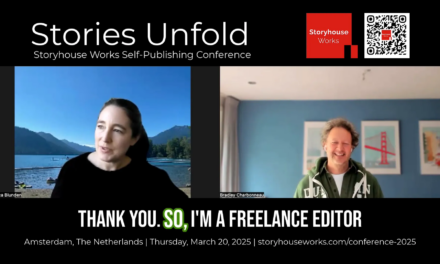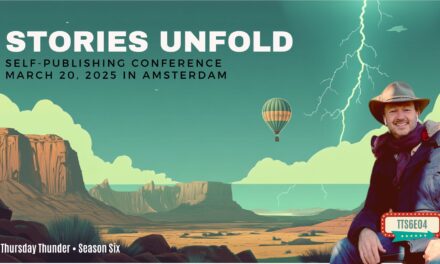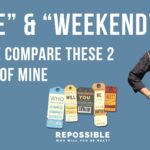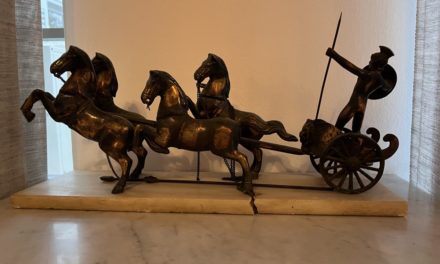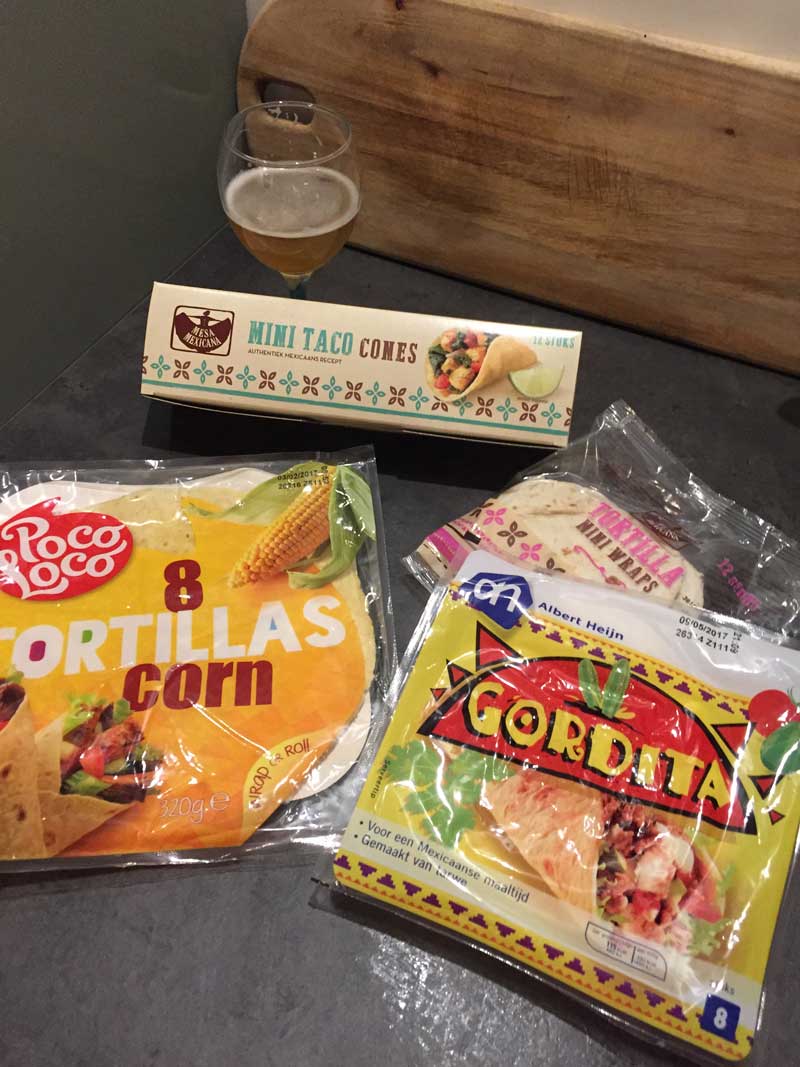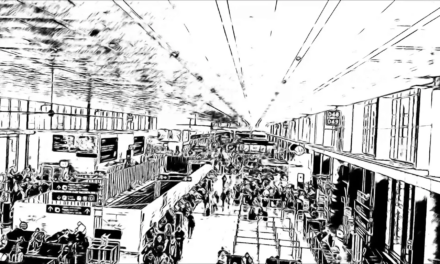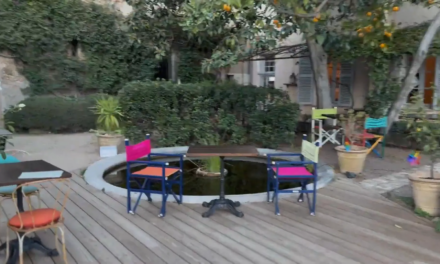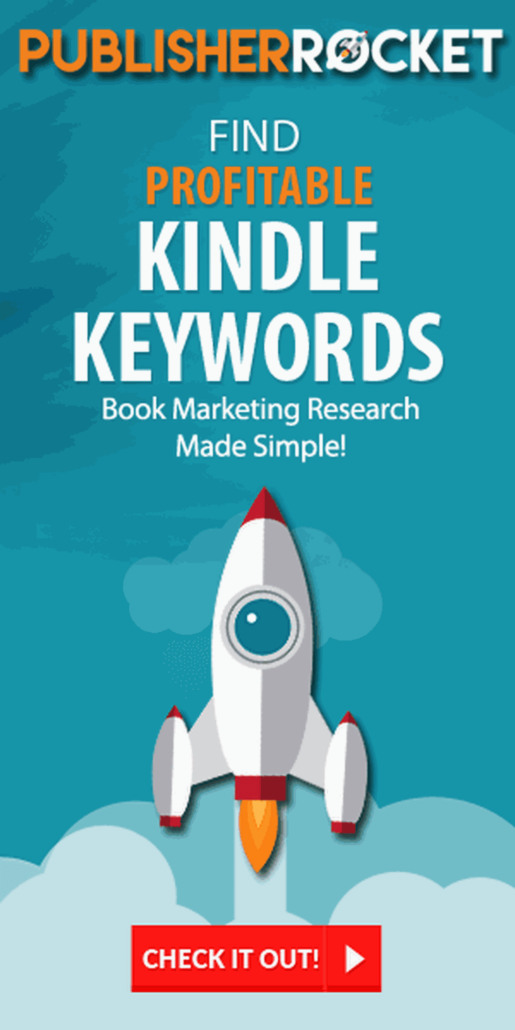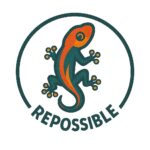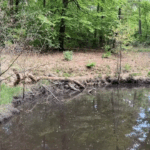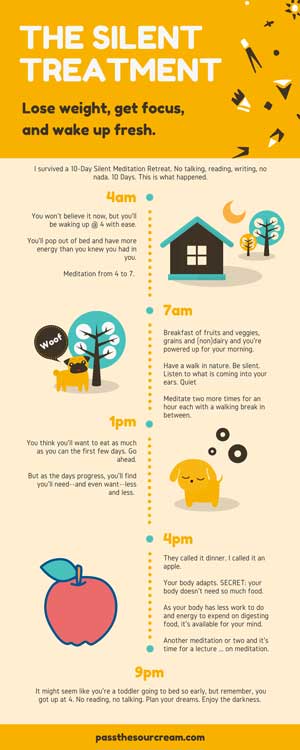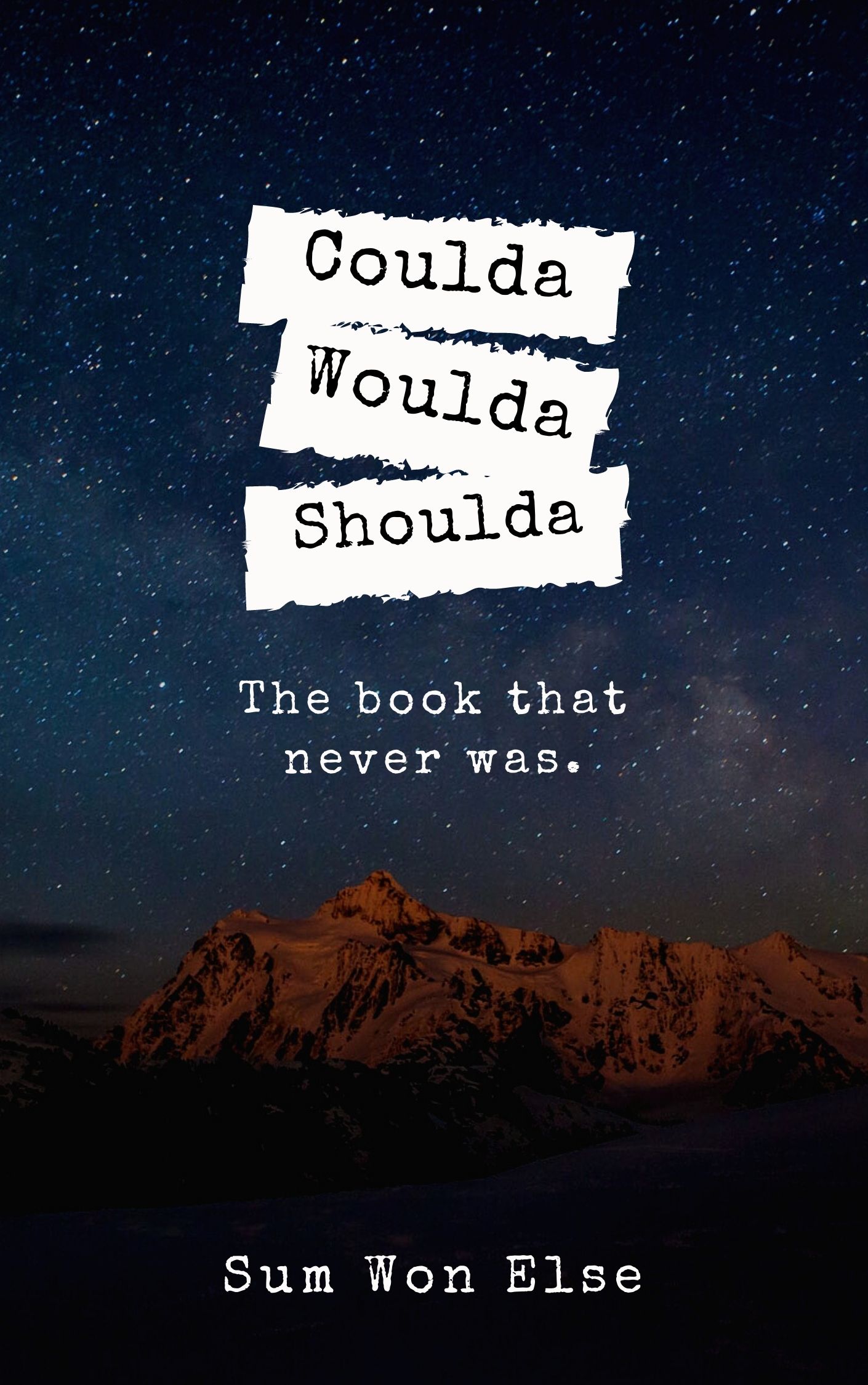
How to structure your non-fiction

- Do you know what the hardest part of writing a book is?
- SPARK | “How can I make more time in the day to write with my son?”
- Don’t have much conversation with your kids? Here you go.
- That partner of yours. Yeah, the kid. We still have roles to play. They’re important.
- Spark | Time Capsule: this is one of those moments I want to remember.
- Spark Campfire | Step out of your comfort zone to uncover your true message
- Everyone is born a genius
- Here’s what I’m giving my nieces for Christmas
- Embers
- Sparklers
- The 1/4″ drill bit, Bali, cocktails on the beach, love, pride, and Spark
- Is your goal to have fun or win an award?
- I recorded an 11-second video 4 years ago that’s the foundation of my next book.
- Don’t wait 12 years. Please.
- Fire
- It’s not only for you and your kids but your grandkids … and beyond.
- Is there anything possibly worse than not starting the project?
- Oops. That’s what I forgot: a story.
- The One Recipe Cookbook (and how to finish a project together with your kids)
- Best books for doing activities with your kids, creating family memories, and building relationships between parents and children
- Spark: It’s about creating something from nothing. Let’s create a subtitle, shall we?
- People like us do things like this
- Why Spark? Why me? Why you? Why now?
- What if I’d like to be one of the people like you who do things like that?
- Permission to … change my book title?
- Write a book with your kids? 43 elements for success. 42 are optional.
- It seems like backwards math, but by creating, we are actually “getting” more than we are “giving.”
- The Widow and the Orphan
- Spark Love: About that 1 mandatory element of the 43…
- Recipe for Love
- Kids need to crash their bikes to learn how to ride.
- Spark at “#1 New Release in Parent Participation in Education”
- Spark has hit #1 in Parenting in Free Books
- Spark Campfire
- When you document it, it becomes more real
- It takes as long as the time allotted
- I don’t want to navigate negativity.
- What’s the one little spark going to be that sets off the creativity in you (or your child)?
- Spark Campfire February 2019
- Find someone who believes he is alone and convince him that he is not.
- Well, wait a minute. That wasn’t so hard.
- Someone out there could use the help from the you of today
- I just got off the phone with my niece (and why that’s important).
- How to structure your non-fiction
- Spark Campfire | I wish I knew my nephew
- Spark Campfire | Why are you the person to write this book?
- Spark Campfire | Can we write a book and be less in front of a screen?
- Spark Campfire | How we define success
- Spark Campfire | So, you say you don’t have a book idea?
- Spark Campfire | Think about your audiobook before you thought you needed to
- Spark Campfire | Time Capsule
- Spark Campfire | Sweat Hut
- Spark | How do you answer the question, “What are you working on?”
- Spark: Ch. 3: Message in a Bottle
- The risk of remaining tight in a bud was more painful than the risk it took to blossom
- Spark Campfire | Who can say what you want to say better than you can?
- Imagine yourself as a published author.
- Writing & Publishing: Why do we go to the gym? Wait, I don’t go to the gym. Exactly.
- Write Your Worst Book Ever
- This is what co-creating a book looks like
- Don’t do what you want to do but they want to do
- “Drama” audiobook is DONE!
- SPARK |Tell me your fears
- 7 Questions for Spark
- Spark Campfire | Did I mention we’re going to get it done?
- Spark | Thanks for your gift of sharing yourself through this book.
- “I get to be the fun mom.”
- “Our story has to be told.”
- SPARK authors Meg and Matthew Leal are #1 on Amazon!
- “Oh, next year will be better.”
You have a solution. Is there a problem? How? Why?
See why we need some structure?
I’m working on the content for Spark Campfire and in the spirit of Learning While Teaching, I’m trying to put more structure into my, well, structure.
How does one organize a non-fiction book? Especially something where you’re sharing your knowledge with someone else?
Let’s see, you have a solution. That means you had a problem (or a pain or a challenge). Maybe others have that same problem? You can help them.
That’s about as simple as I can see it. I searched and found 27 Copywriting Formulas to organize your content. There is zero need to reinvent any wheels here, but I’m going to massage the wheel into another wheel. Why? Because I also like acronyms and I like visuals.
I especially liked Ray Edwards P.A.S.T.O.R. method, but it’s possibly partly because I think he’s a rockstar copywriter.
But I also love the simplicity of the BAB:
Before – After – Bridge
[from Buffer]
Before – Here’s your world …
After – Imagine what it’d be like, having Problem A solved …
Bridge – Here’s how to get there.
I’m going to make my own because I feel like it and because I want that visual. Ready? Here we go. This is creativity in action (it’s Friday morning early, by the way, in case you were wondering when I’m at my most productive and effective).
Ache Pain
There’s the whole Aspirin versus Vitamin debate which is so strong for me. Let’s say you have a headache. An aspirin will “fix” it very quickly. A “vitamin,” well, if you had taken your vitamins earlier and on a regular basis, you probably wouldn’t have this headache, but, yeah, well, that ship has sailed.
In other words, it’s a real problem for which you’re looking for a real solution. Pain is something you won’t forget. You might forget to take your vitamins, but your headache isn’t going away until you do something about it.
Other ideas:
- Challenge
- Problem
- Ache
- Irritate
Avoid Wait Delay Evade
Next up, we either:
- Avoid the problem (and it doesn’t go away) or
- Solve it.
Since we’re assuming that the reader hasn’t yet solved the problem (and maybe that’s why they’re interested in what you have to say), I’d vote for emphasizing the following.
Synonyms
- avoidance
- evade
- delay
- non-action
- postpone
- wait
This is why the person still has the problem/challenge and they’re probably going to continue to have the pain because they don’t want to fix it, don’t know how, or it’s just not big enough of a pain.
If our first letter is a P, we could use a vowel. (Vanna?) I’m going with
Relate
Ray Edwards calls one of his steps Story (or Solution). You “relate” to the reader by telling your own story. You’ve been in
Synonyms
- Associate
- Understand
Solve
We need to get the meat of the matter here. We need to go ahead and solve the problem, fix the pain.
Here’s how you did it. Just like that.
Synonyms
- Fix
- Make better
- Improve
- Change
- Decide
- Act
- Do
Transform
What transformation took place? How are things different now that the pain has been alleviated? Here we can tell our story and tell stories of others.
Synonyms
- Testimonials
- Tell
- Transform
- Share
- Change
Offer
What can you do to help them? Or was that covered in Solve? What’s on offer? What do they need further?
Synonyms
For something completely different–oh wait, it’s the same
Now having spent the past hour working on this (and not jumping for joy with my results), I’m getting back to basics.
If I envision my student (in Spark Campfire) who just wants to quickly get their message across, then I come back to the basics as I understand them.
- Why
- What
- How
There we have it: 3 parts, super easy and quick.
- Why: why is there a problem? why do they have the problem? why are you the one to solve it?
- What: what is the solution?
- How: how do they implement the solution?
I suppose we could elaborate to get more detail and use more question words:
- Why
- If
- Who
- What
- How
- When
OK, I have to stop. I’ll come back to this as I build out the course. Remember, I need to keep it quick and simple and not scary. Which is why I like Why + What + How as the simplest, but maybe P.A.S.T.O.R. as a more elaborate structure.
But it’s clear, I need to structure my structure.
There’s So Much More
If Don Draper Tweeted: The 27 Copywriting Formulas That Will Drive Clicks and Engagement on Social Media There’s a formula for that. Many storytellers and copywriters have tested out the best intros and
For Better Copywriting, P.A.S.T.O.R. Most people associate the term “pastor” with the preacher at church. While this is certainly true in most cases, the original meaning of the word “pastor” was actually “to shepherd”. And what does the shepherd do? He or she cares for, feeds, and protects the flock.

